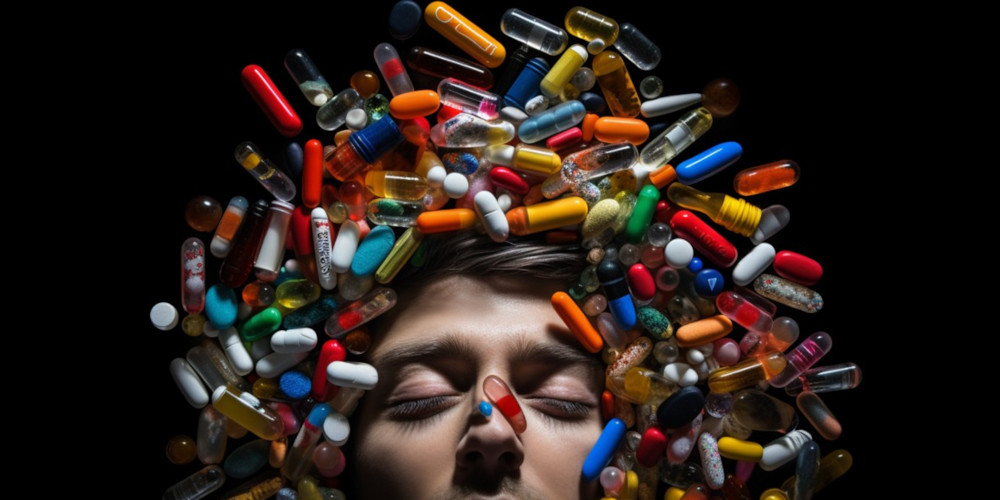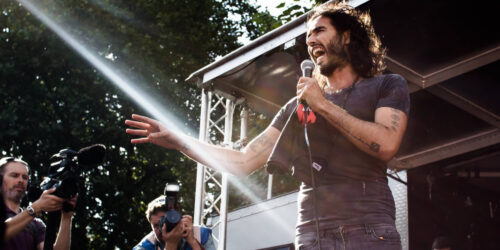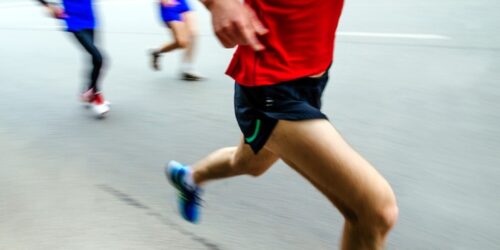Addiction and the Algorithm, How Technology Feeds Our Compulsions

We like to think we’ve evolved beyond addiction, that the age of substances has given way to something cleaner, safer, smarter. But look around. The glass in your hand lights up, pings, rewards you, listens to you, and learns from you. It knows your moods, your triggers, your midnight cravings. It knows what you’ll click before you do. You don’t need a bottle or a pipe anymore. The algorithm will dose you.
Modern addiction doesn’t always look like ruin. Sometimes it looks like scrolling, refreshing, checking, consuming, always reaching for a small hit of validation. A heart, a notification, a message that says, “You matter.” The high is brief, the comedown silent, and the dealer is invisible.
We live inside an ecosystem engineered to keep us hooked. And the truth is, it works frighteningly well.
The Digital Dealer
Every addict chases dopamine. The tech industry just learned how to package it better. Social media platforms, online shopping sites, gambling apps, they’re all built on the same neurological formula, anticipation, reward, repeat.
Each scroll, swipe, or spin delivers a microdose of uncertainty, maybe the next post will make you laugh, maybe the next spin will hit big, maybe the next message will change your day. The brain loves maybe. It’s the same circuitry that drives gambling addiction. You don’t get hooked on the win, you get hooked on the possibility of it.
The algorithm studies this in real time. It learns your emotional rhythms, when you’re lonely, when you’re restless, when you’re craving distraction. It feeds you content accordingly. You think you’re in control, but you’re not choosing, you’re being chosen. You’re the product being refined for sale.
The Invisible Addiction
It’s easy to spot a drug addict. It’s harder to spot a dopamine addict with 37 open tabs. There’s no smell, no hangover, no social stigma. Just a dull exhaustion, an inability to rest, a constant itch for stimulation.
Our culture rewards it. Hustle harder. Stay connected. Build your brand. Productivity becomes another drug, busyness another escape. But beneath the polished digital lives, millions of people are quietly unraveling, anxious, sleepless, numb, and convinced they’re falling behind.
Technology addiction is particularly insidious because it hides under the guise of normalcy. We need our phones. We need to work online. We need to stay informed. But at what cost? We’ve replaced presence with performance, rest with refresh, intimacy with interaction.
Dopamine on Demand
The brain’s reward system doesn’t care whether dopamine comes from a needle or a notification. It learns through repetition. Each time you check your phone and get a small reward, a like, a message, a laugh, the loop strengthens. Over time, the baseline shifts. You need more stimulation to feel the same pleasure.
This is what addiction always does, it hijacks your reward system until normal life feels unbearable without the hit. That’s why silence feels threatening now. That’s why a moment without your phone feels like withdrawal. Your brain has adapted to constant input, and boredom feels like pain.
It’s not that people have changed, it’s that the environment has weaponised attention. The same neurological pathways that once drove us to seek food or connection are now exploited by companies whose profit depends on your engagement. The result? Billions of distracted, restless, overstimulated users mistaking compulsive behaviour for connection.
The Algorithm Knows You Better Than You Do
It doesn’t just respond to your habits, it shapes them. When you linger on a video, when your eyes flicker toward an image, when your thumb hesitates before scrolling, it notes that. It learns what holds you, what excites you, what angers you. Then it feeds you more.
It’s not personal. It’s mathematical. Rage, lust, envy, outrage, these are high-engagement emotions. The algorithm amplifies what keeps you reactive. That’s why you can’t look away, even when the content makes you miserable. The algorithm doesn’t care if you’re happy, only that you stay.
And in that sense, technology mirrors addiction perfectly. Both promise relief and deliver dependence. Both whisper, “just one more.” Both make you forget you have a choice.
The Parallels Between Tech and Substance Addiction
Spend enough time in addiction recovery, and you’ll start recognising patterns. The same denial, justification, and self-deception show up in our relationship with technology.
“I can quit anytime.”
“I’m just checking something quick.”
“I need it for work.”
Sound familiar? These are the same phrases addicts use to defend their drug. The substance just looks cleaner now.
Withdrawal happens too. Ever try a “digital detox”? You feel restless, irritable, bored, even panicky. That’s not lack of willpower, that’s withdrawal. Your brain is recalibrating to a slower, quieter rhythm. And it hates it.
What makes tech addiction even more complex is that abstinence isn’t realistic. You can live without cocaine, you can’t live without connection. So recovery in this context isn’t about elimination, it’s about relationship. You have to learn to use technology without letting it use you.
The New Face of Addiction Recovery
Treatment centres are beginning to recognise this. Patients detoxing from alcohol or meth often relapse through digital stimulation, binge-watching, scrolling, gambling online. It’s cross-addiction in plain sight. When the chemical is gone, the behavioural addiction fills the gap.
Real recovery now includes digital boundaries. Therapists encourage screen-free mornings, app limits, intentional disconnection. It sounds simple, but for many, it’s harder than quitting the drug itself. Because technology isn’t just about dopamine, it’s identity. We’ve built our sense of worth around visibility, our sense of connection around notifications.
To recover in the modern world means reclaiming attention as an act of rebellion. It’s choosing presence in a system that profits from your distraction.
When the Feed Becomes the Fix
Addiction thrives in loneliness, and the internet has mastered the illusion of belonging. You can be surrounded by digital noise and still feel completely unseen. You post, you share, you perform, waiting for feedback that feels like affection. But the comfort never lasts. The validation fades as fast as it arrives, and you’re left scrolling for the next hit.
The cycle is identical to substance use, craving, use, crash, shame, repeat. Except here, the dealer is in your pocket and the relapse looks like “just checking Instagram.”
It’s no coincidence that depression and anxiety rates have skyrocketed alongside smartphone use. We’re overstimulated and underconnected. We’ve never been more plugged in and more emotionally offline.
Escaping the Loop
The algorithm can’t be beaten, but it can be interrupted. Awareness is the first detox. Once you see how it manipulates your attention, you start to recognise the cravings for what they are, chemical, not emotional.
Practical recovery starts with micro-choices,
- Leave your phone in another room while you sleep.
- Turn off nonessential notifications.
- Spend the first hour of your day without a screen.
- Ask yourself before you click, “What am I trying not to feel right now?”
That last one is the hardest. Because, like any addiction, digital compulsions are rarely about the thing itself, they’re about what it allows us to avoid. Silence. Sadness. Boredom. Fear.
When you stop reaching for the device, you meet yourself again. And sometimes, that’s the scariest part.
Technology Isn’t Evil, But It’s Not Neutral
It’s easy to villainise the internet, but the truth is more complicated. Technology isn’t the enemy, it’s the mirror. It reflects our hunger, for connection, for recognition, for escape. The algorithm doesn’t create addiction, it amplifies the vulnerabilities already there.
The solution isn’t retreat, it’s responsibility. Just as recovering addicts must learn moderation, digital citizens must learn mindfulness. To pause before reacting. To scroll consciously. To consume without being consumed.
The real danger isn’t in using technology, it’s in forgetting that it’s using you back.
The Return to Presence
Addiction, whether chemical or digital, thrives in disconnection. Recovery, in every form, begins with presence. It’s the ability to be here, in your body, in your moment, without reaching for escape.
In that stillness, you remember that joy isn’t found in pixels or pings. It’s in the unfiltered human moments, laughter that isn’t recorded, silence that isn’t awkward, connection that isn’t mediated by a screen.
When you reclaim your attention, you reclaim your life. And that’s something no algorithm can replicate.






